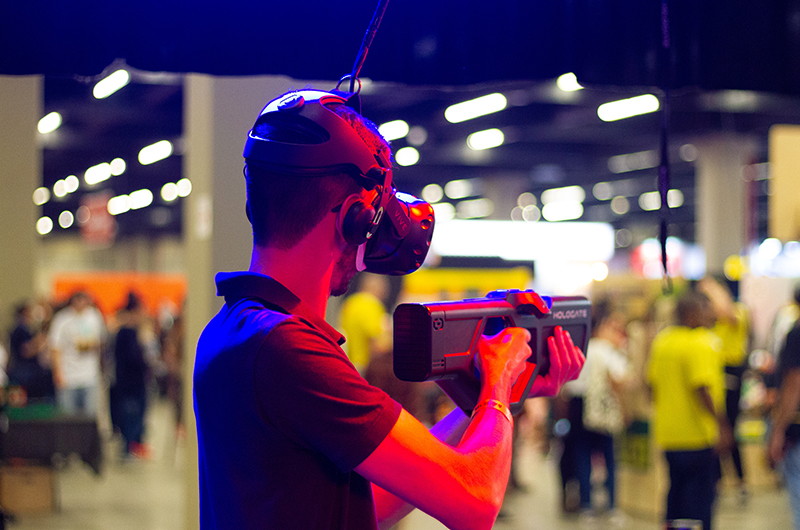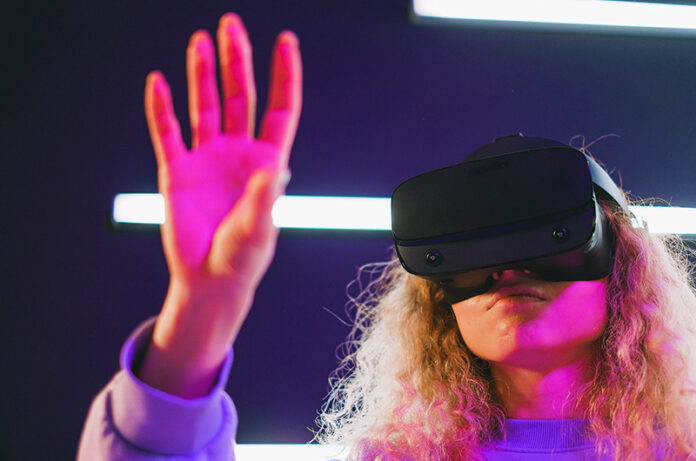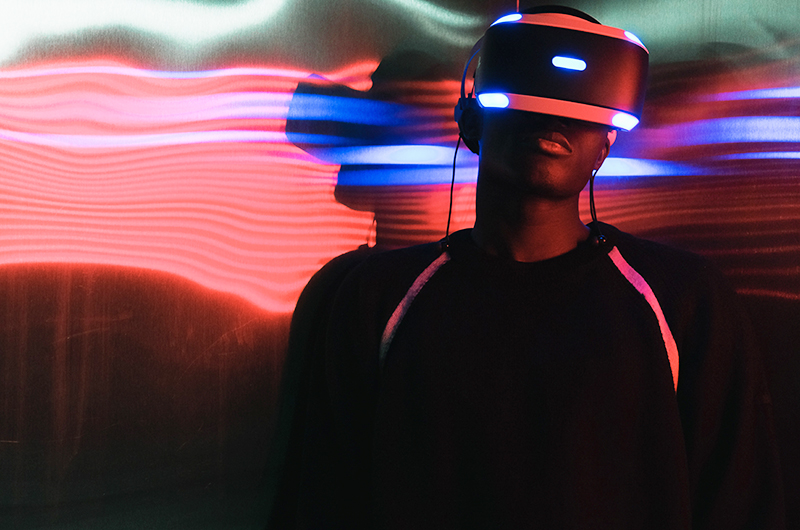Computer gaming that takes place in a simulated world that is three dimensions (3 D) in height is an example of virtual reality gaming.
The user is led to suspend their disbelief and experience the virtual reality environment as if it were real by having the virtual reality environment presented to them in such a way that it takes precedence over the real-world environment.
Virtual reality environments are created with VR software and presented to the user in such a way that they supercede the real-world environment.
At its most basic level, a virtual reality (VR) game could consist of a three-dimensional image that is displayed on a computer and can be interacted with using the device’s keyboard, mouse, or touchscreen.
Virtual reality (VR) headsets, wrap-around display displays, and VR rooms augmented with wearable computers and sensory components such as smells and haptics devices providing tactile feedback are some examples of more complex and immersive versions of VR technology.
Virtual reality gaming is an idea that has been kicking about for almost as long as video games, and especially 3D games, have been around. Virtual reality games required the need of several displays or projector rooms until the emergence of more portable technologies.
The normal keyboard and mouse, game controllers, or other motion capture technologies can be used to control virtual reality (VR) games. The usage of treadmill flooring or other similar approaches may be included in more complicated virtual reality environments in order to enhance the user’s sensation of freedom of movement and feelings of immersion within the virtual environment.
In some virtual reality game settings, the player may be restricted to a small space surrounding a computer, but they would still have complete freedom of movement within that area.

Virtual reality gaming hardware has improved to the point that it now offers a terrific experience with little lag or nausea, two areas that had created challenges in the past.
This has made it possible for VR headsets to deliver a great experience. The HTC Vive, Oculus Rift, Microsoft HoloLens, Samsung VR, PlayStation VR, and Google Cardboard are all examples of virtual reality headsets that are now available for purchase.
The majority of these also have motion-sensing controllers and trackers that may be used in conjunction with the headset. A few of them are designed to be utilized while seated or standing, while others are capable of providing room-scale virtual reality experiences.
Not only may virtual reality games be used for pleasure, but they can also be put to use in a variety of training scenarios and even in virtual reality therapy.








